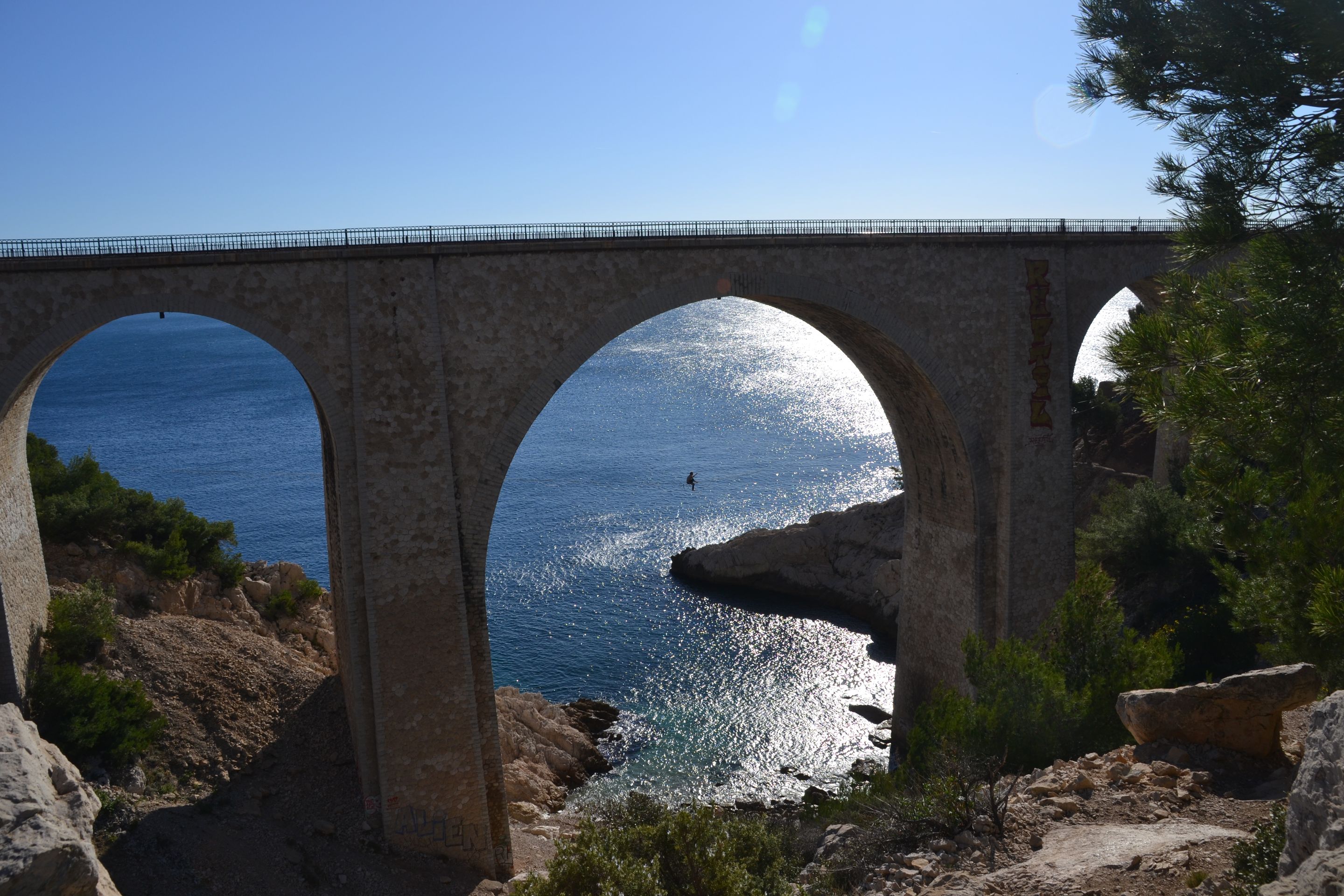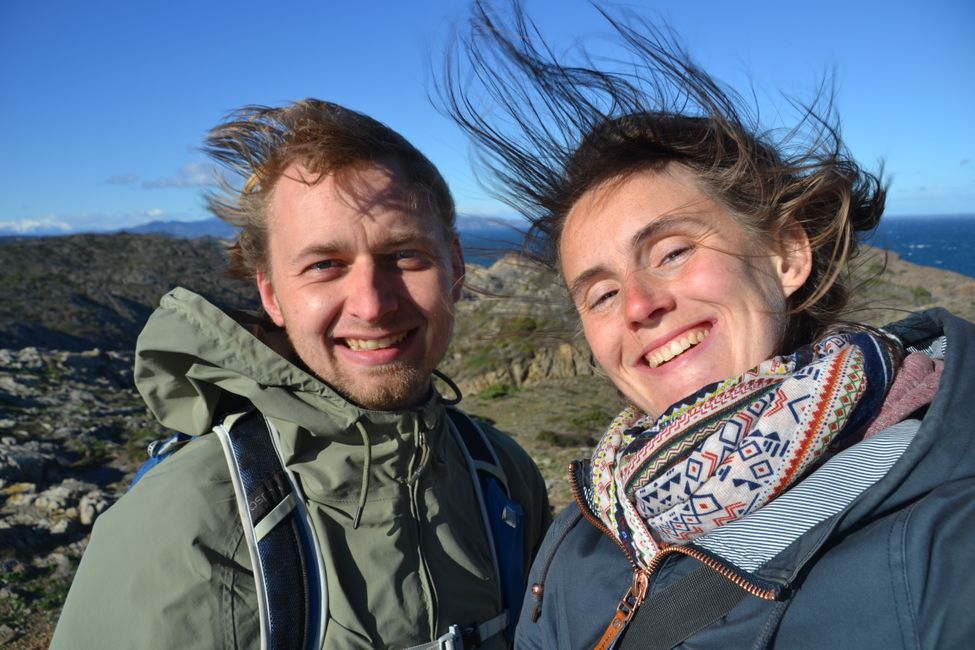#89 Conclusion Portugal
प्रकाशित: 19.03.2022
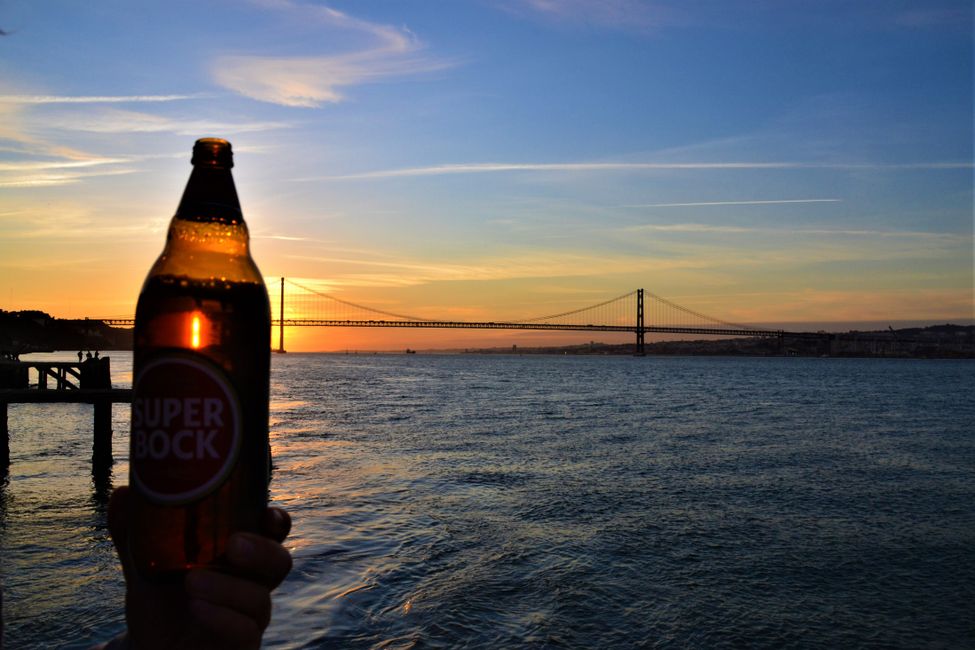
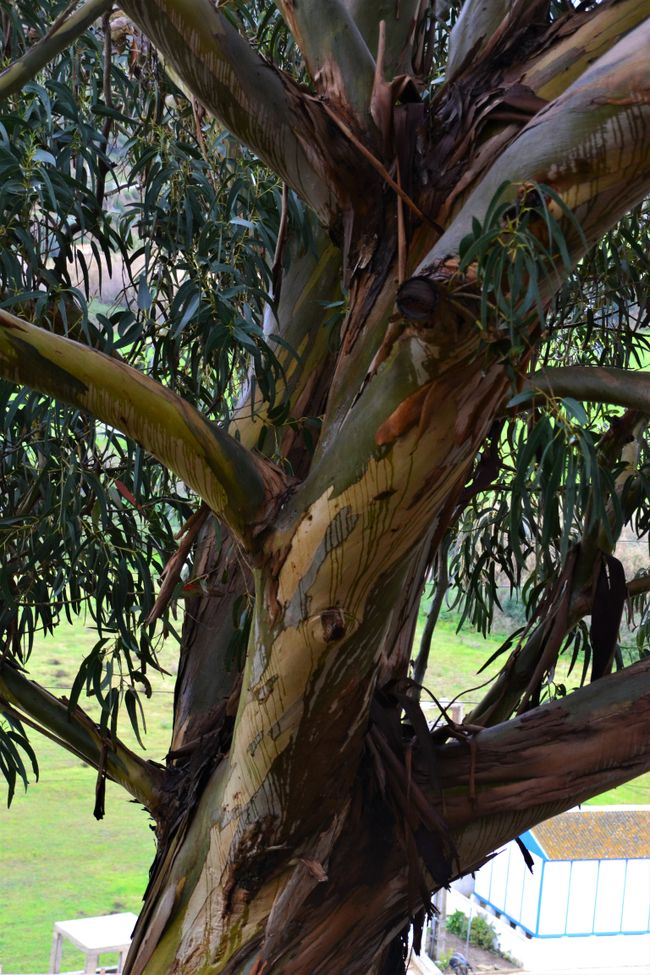
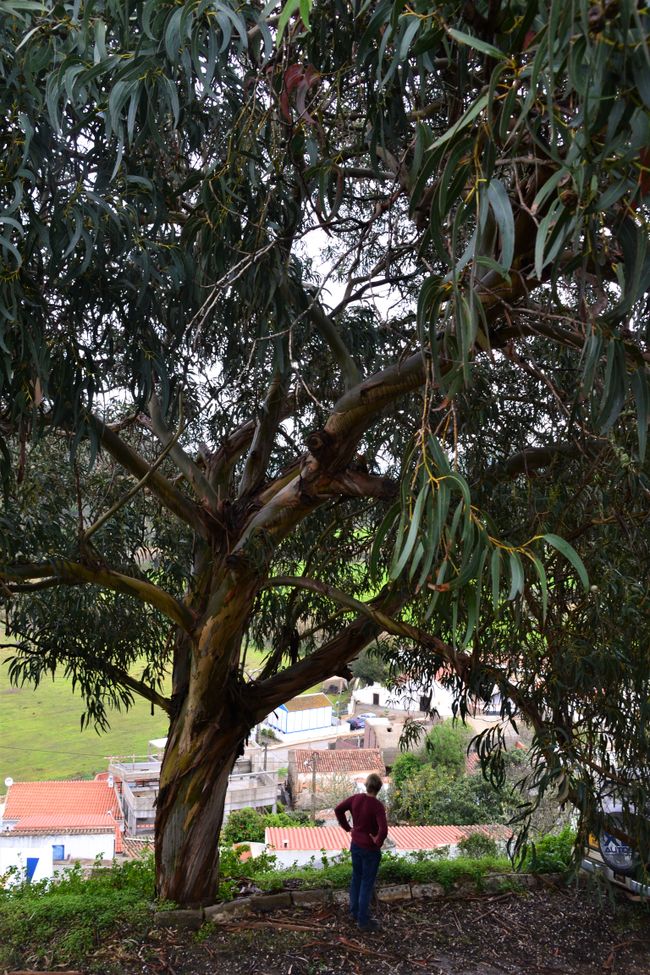
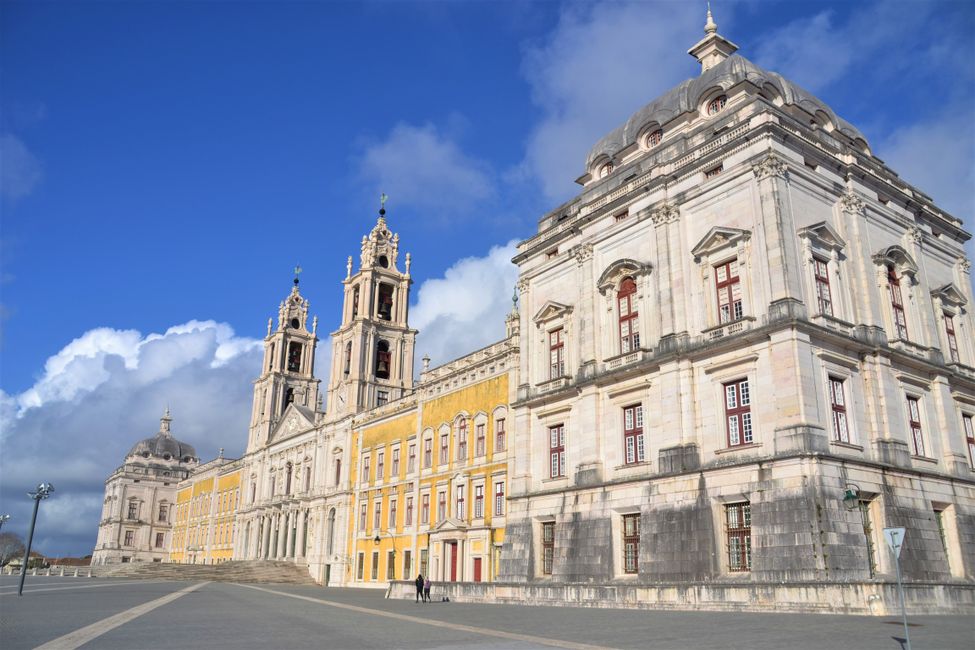
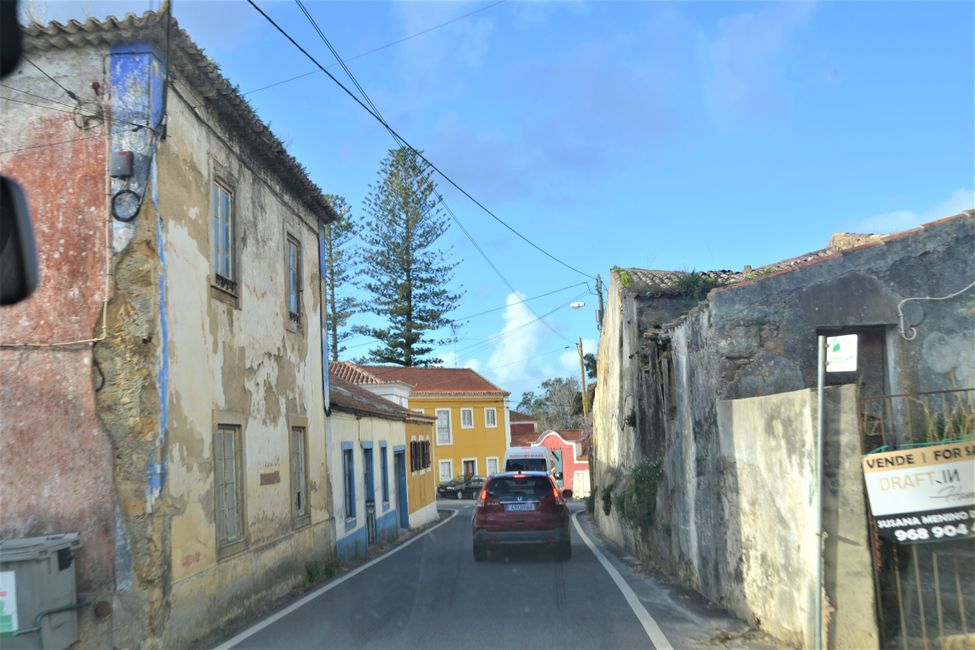
समाचारपत्रको सदस्यता लिनुहोस्
February 18 - March 11, 2022: Portugal
Before we cross another border, we want to write a conclusion about Portugal. We have written it independently of each other, without knowing the content of the other. So here are our conclusions of our third country outside Germany:

J. My conclusion about Portugal:
We were in Portugal for 3 weeks, but could have stayed much longer. The landscape is beautiful. My highlight was the cliffs in the southwest of the country. But there are mountains and sea very close together everywhere else too, for example in Arrabida National Park. I was also impressed by the high waves, (although they can get even higher here) and the surfing competition we were able to see in Peniche. Besides the well-known cities of Lisbon and Porto, Coimbra and Sintra (not the city, but the surrounding area with its magical landscape, castles, and palaces) are also very beautiful. Unfortunately, after 10 days of perfect summer weather, we had more mixed and cooler weather, so we had to skip many planned hikes and shorten our stay a bit. There are certainly better times to travel to this wonderful country. Although the weather forecasts were often much worse and rainier than it actually was.
Two things about the landscape stood out to me:
First: The incredible number of storks. While in Germany, the number of stork nests and stork children living in individual nesting sites is often counted (usually about 0-3), and everyone knows where to see a stork's nest, here there are sometimes 10 nests on one tree or utility pole. On some country roads, there is a nest on every street lamp and even in the middle of the city, the stork nests on the roofs seemed to be so close together that they appeared to merge.
Second: The many eucalyptus trees. I find the smell of these huge trees very soothing and they remind me of good times in Australia. I didn't expect to find these trees anywhere in Europe. Unfortunately, these trees are a plague here, they grow fast, burn fast, and their oil, which seeps out through the roots, hinders other plants. Nevertheless, I was happy to see them.
Something that always made me very happy are the Pastel de Nata, incredibly delicious and well-known custard tarts.
And finally, about the traffic: We tried to avoid the toll roads and, except for two occasions, it worked well. However, the roads on which no tolls are charged are often small, winding roads that pass through every small village. So we literally drove through the villages and were able to get a slightly better impression of the way of life and culture of the people. Here we also discovered the Portuguese way of traffic calming, in my opinion, the best one so far: At the entrance of almost every village (sometimes also in the middle or at the end) there is a traffic light with speed measurement. If you drive even 52km/h, it turns red and the speeding car has to come to a complete stop before it immediately turns green again and the journey, usually at a slower speed, can continue. Of course, all drivers are familiar with these traffic lights, they are also announced with large signs, and so everyone drives exactly 50km/h. If someone drives too fast and waits at the red traffic light, everyone else knows who was once again too impatient. I think we should introduce such traffic lights in Germany as well. Flashing, red smiling faces and the hint of how fast you are currently driving on a small LED sign have never really interested anyone; and the speed bumps that are everywhere in France and Spain and often temporarily reduce all cars to 20km/h, but also shake all occupants vigorously and are certainly not good for the shock absorbers, will certainly not receive much approval in car-loving Germany.
Of course, in our short time in the country, we could not see and get to know everything. But we have noticed that not only the famous coast of Portugal, but also the rest of the country with its many small villages and castles and the beautiful, mostly mountainous landscape, has a lot to offer. On our drive from Porto to central Spain, we were able to take a brief look at the inland of Portugal: It is also beautiful here, with huge rocks, mountains, and vast forests. I'm already looking forward to our next trip here.


F. I already talked about the uncertainty of free camping in post #76. After 3 weeks in Portugal, I can now say that free camping works great in Portugal, as long as you stay away from the national parks and don't park overnight in parking lots where camping for motorhomes is expressly prohibited, which is common in the Algarve and generally along the coast. Free camping is possible but not always easy in Portugal, as the infrastructure for official campsites still has a lot of room for improvement.
I can also understand why the rules for free camping in Portugal have been tightened. Because the nature on the coast simply invites you to park for a few days at one of the countless beautiful and often remote places on the coast and simply enjoy the white beaches or the wide view from the high cliffs. Unfortunately, there are always a few idiots who can't follow the simplest rules. In other words, only camp in nature with a camper that is designed for it. So if you don't have a trash can, a wastewater tank, or a toilet on board, you should stay away from nature!
In addition to the absolutely beautiful nature, Portugal has a lot of big churches, monasteries, and castles, and you could surely spend a year looking at one of the three every day and still not see them all. A lot of fish is served, with the famous national dish (Bacalhau - salted dried fish) being exclusively imported (formerly from Canada and now from Scandinavia). The small baked goods are especially delicious and the bread is significantly better than in Spain.
In terms of traffic, many Portuguese are very calm and it often happened that when the speed limit was 100km/h or 120km/h, almost everyone was driving at 90km/h. If you try to avoid toll roads in Portugal, you will see a lot of nature and often travel on very poor and slow roads. Pedestrian demand traffic lights are particularly popular in Portugal, they measure the speed of cars and switch to red if you are driving too fast. Often, just two or three km/h too much is enough.
What I particularly liked about traveling in Portugal is that most Portuguese speak English very well. Finally, I was able to communicate a bit actively with my limited language skills again.


Day 146 - Total Tour 9,885 km
---- Subscribe ----
If you want to subscribe to our blog, you can either sign up with Vakantio and click on subscribe or send us a message and we will add you to our own distribution list. Of course, we also appreciate feedback!
Email: querfeld2@gmail.com
समाचारपत्रको सदस्यता लिनुहोस्
जवाफ
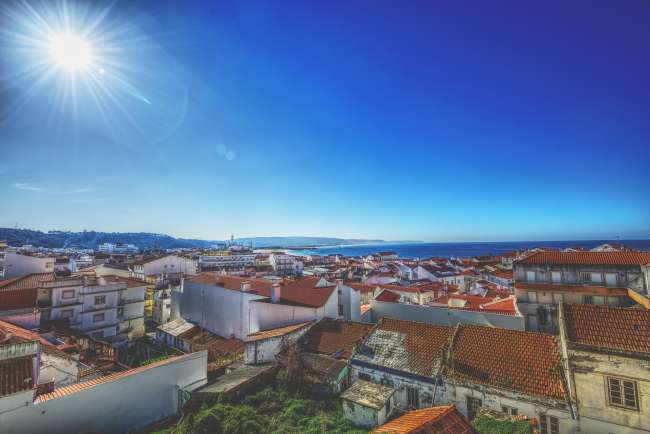
यात्रा रिपोर्टहरू पोर्चुगल
